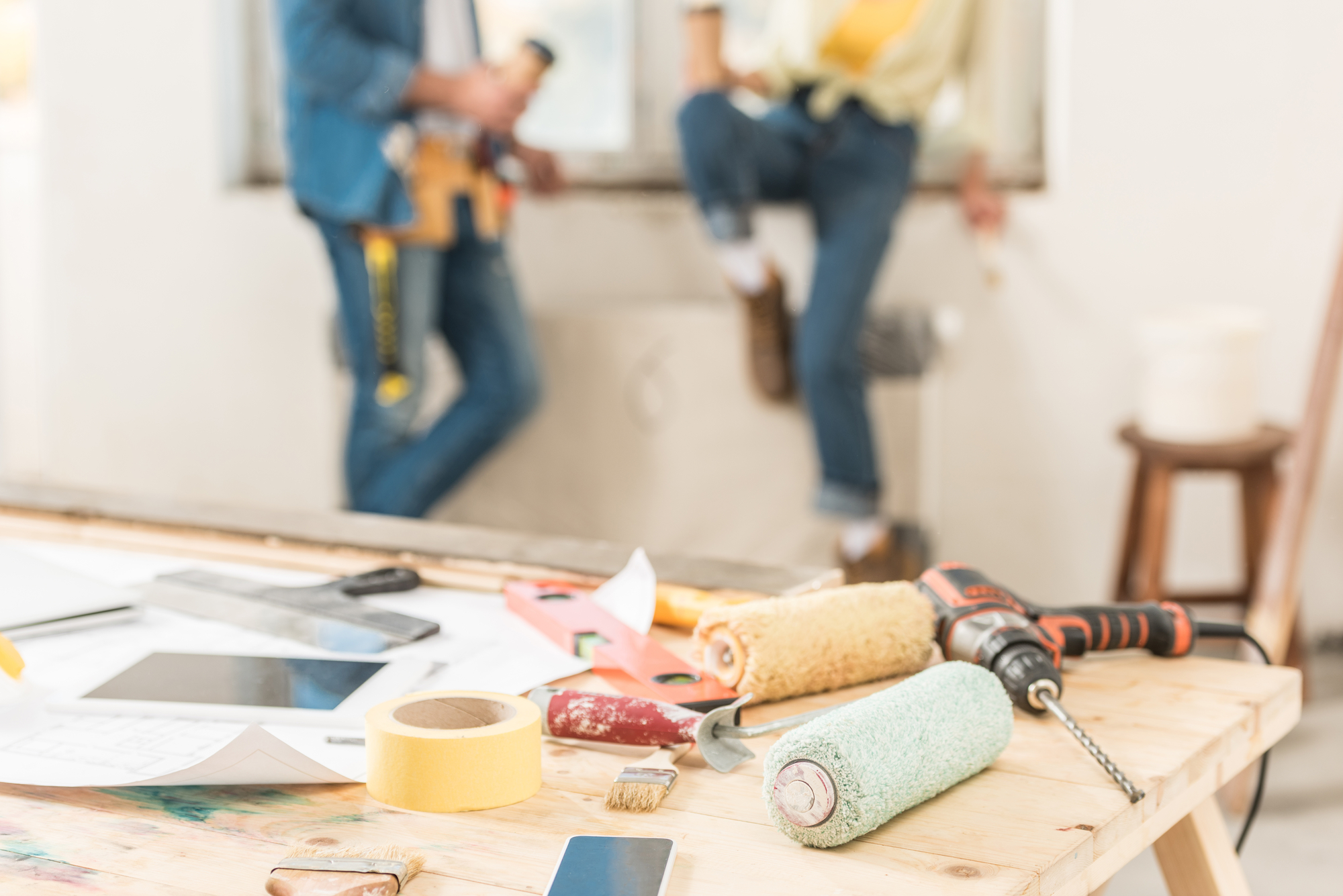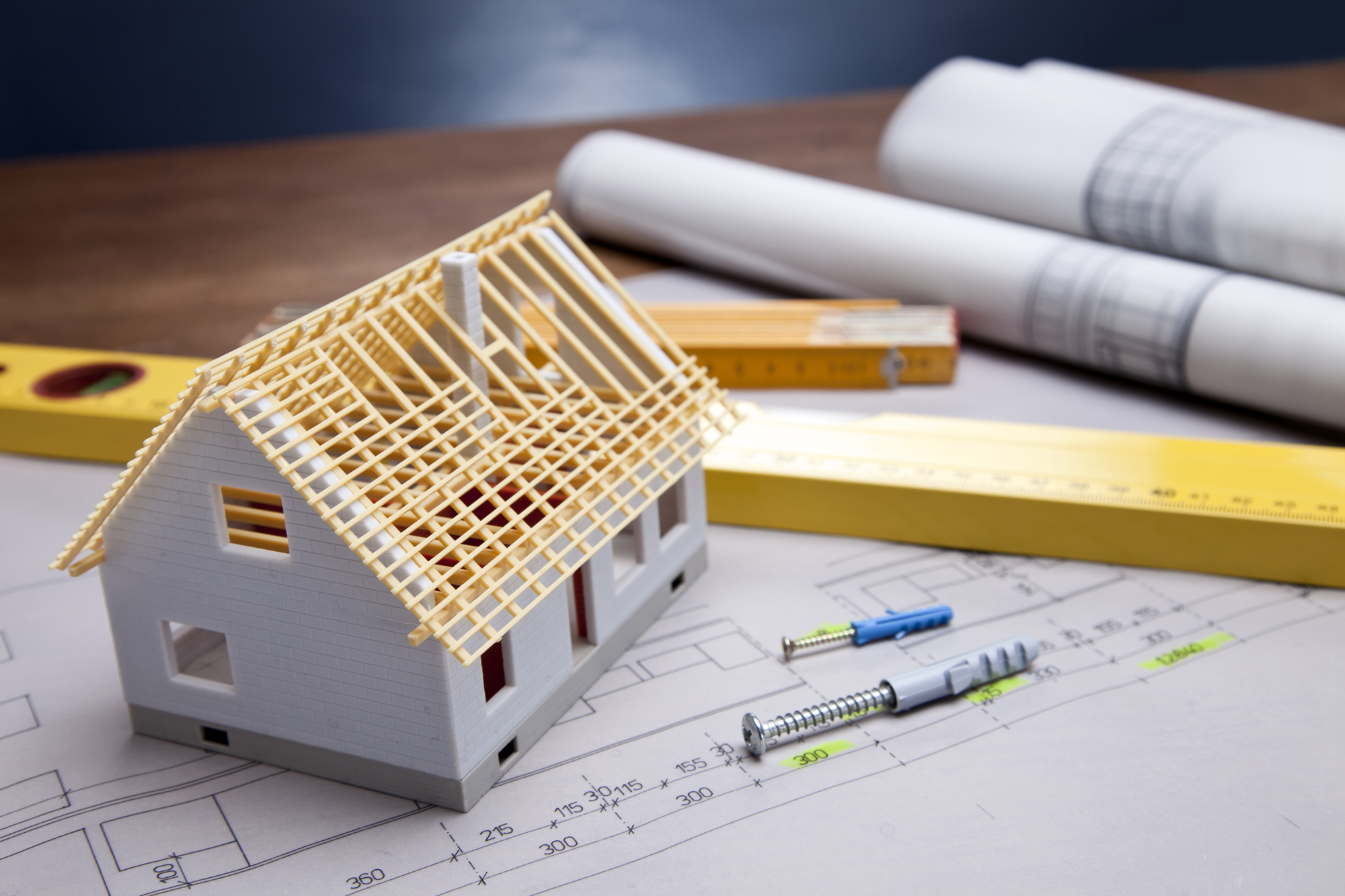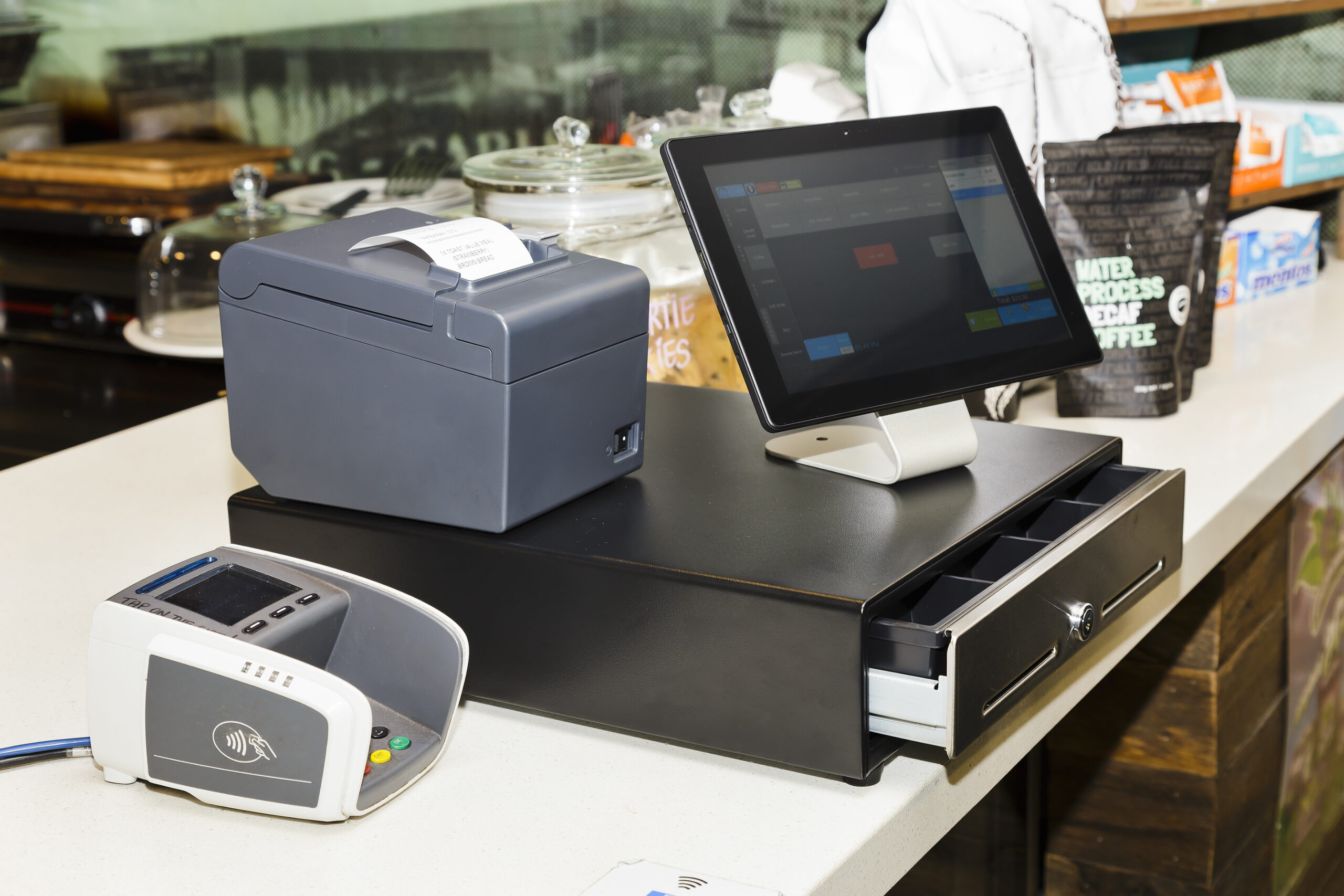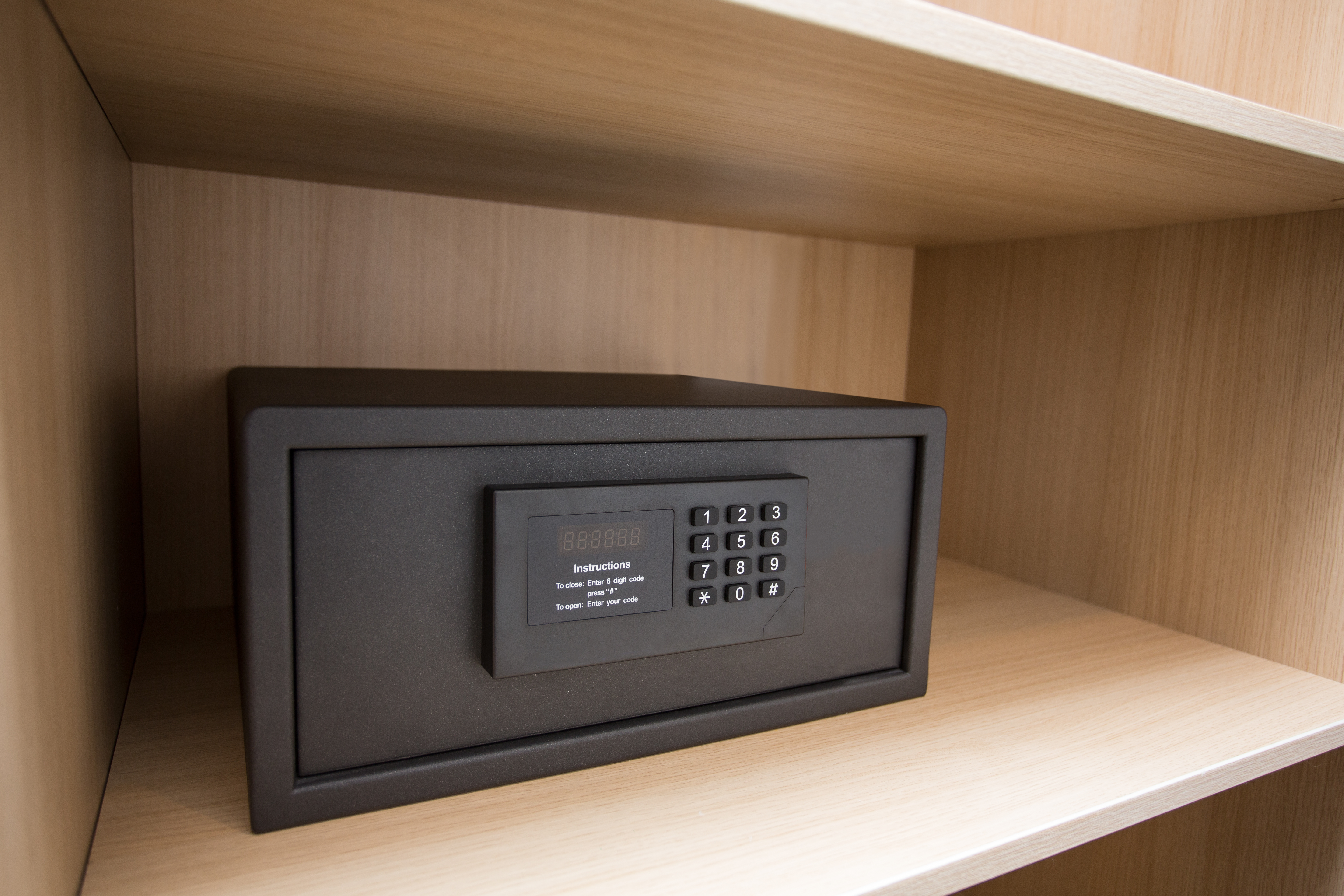Why Install a Safe in Your House?
Many homeowners that have never been robbed often disregard the need to install a safe in their homes. But with the rise in tech-savvy burglars, better take precautionary measures. Nowadays, security goes beyond installing security systems and keeping all the doors and windows of your house locked. While investing in a security system will help beef up the security in your home, burglars have now found clever ways to disarm these systems. So, even as you install a security system, you may want to compliment it by installing a safe inside your house.
Once a burglar manages to access your house, anything of value that is in sight will definitely be at risk of theft. Apart from the usual targets like money, electronics, and jewelry, thieves also steal valuable documents. Documentation such as birth certificates, identification cards, passports, bank account details, saving bonds, and even private photos, all contain valuable information to the burglar. With such documents, a thief could easily steal your identity or worse, find ways to blackmail you into their demands.
Installing a safe in your house protects your valuables in a number of ways. First, a safe keeps items of value away from a thief’s view. Although most burglaries are planned, burglars often know what to steal only after they gain access to your home and see some items of value. An average break-in takes about 8 to 12 minutes. In that time frame, the intruder will quickly search the living room, the master bedroom, and the study as that is where most people keep their valuables. After about 12 to 15 minutes, the thief will most likely give up their search to avoid risking being caught. In case a burglar finds a safe in your house, it will take them more time to crack the code and gain access. Even if a burglar is a professional, cracking the code will still require time and patience, especially if it is a combination lock. In the psychology of a burglar, each passing time increases the probability of being caught so a safe that proves too cumbersome to open will lose its appeal to the intruder.
Burglaries are not the only threat to your valuables. Natural disasters such as fire outbreaks and floods can rob you of everything in the house. With a fireproof or weatherproof safe however, you stand a chance to salvage money, jewelry, antiques and important documents such as identification documents, financial documents as well as academic and professional certifications.
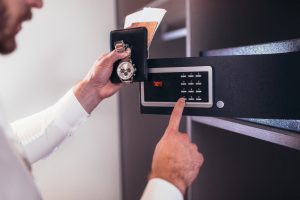
Remember, losing important documents will take both time and money to acquire them once again. So, if you live in flood-prone areas or regions susceptible to wild-fires, installing a safe is critical. Important to note; you don’t necessarily have to be living in a flood or fire-prone area to have your documents damaged by hazardous events. Houses catch fire, and even a small mistake such as leaving a tap running may cause flooding in your home. Installing a safe above ground can protect your electronics and paper documents from permanent damage.
As you look through various options of safes available in the market here is some help: Stand-alone safes are the most common type. They are rectangular or cubical in shape. Such safes offer portability, which allows you to shift its position around the house if need be. The downside of stand-alone safes is that thieves can easily just carry them away. So, if you live in high-risk areas, you should find creative ways to hide your safe or better yet, consider other options such as wall safes or floor safes.
Wall safes are the kind that is bolted to the wall. They protect your valuables from theft as well as flooding. They come in different sizes, which allows you to store more valuables than a floor or stand-alone safe would. To get the most from a wall safe, have it installed near a corner where two external walls meet. You can cleverly hide wall safes behind hanging paintings or wallpaper, making them hard to find. The other alternative is floor safes. This type provides the highest level of protection as they are sunk into the concrete of your floor. Unlike wall-mounted safes that can be discovered underneath a painting, floor safes can be concealed beneath a floor rag, removable floor tile or a piece of furniture.
You don’t need to be a victim of robbery or damage from fires and floods. Arrest the imminent threat by installing a safe inside your home. Contact your trusted locksmith for professional advice on which safe is best for your home.







